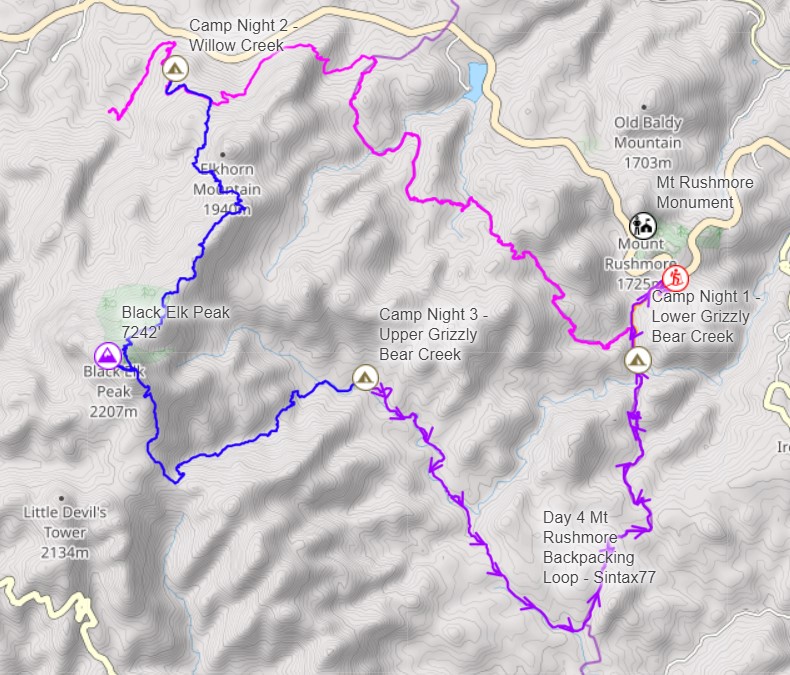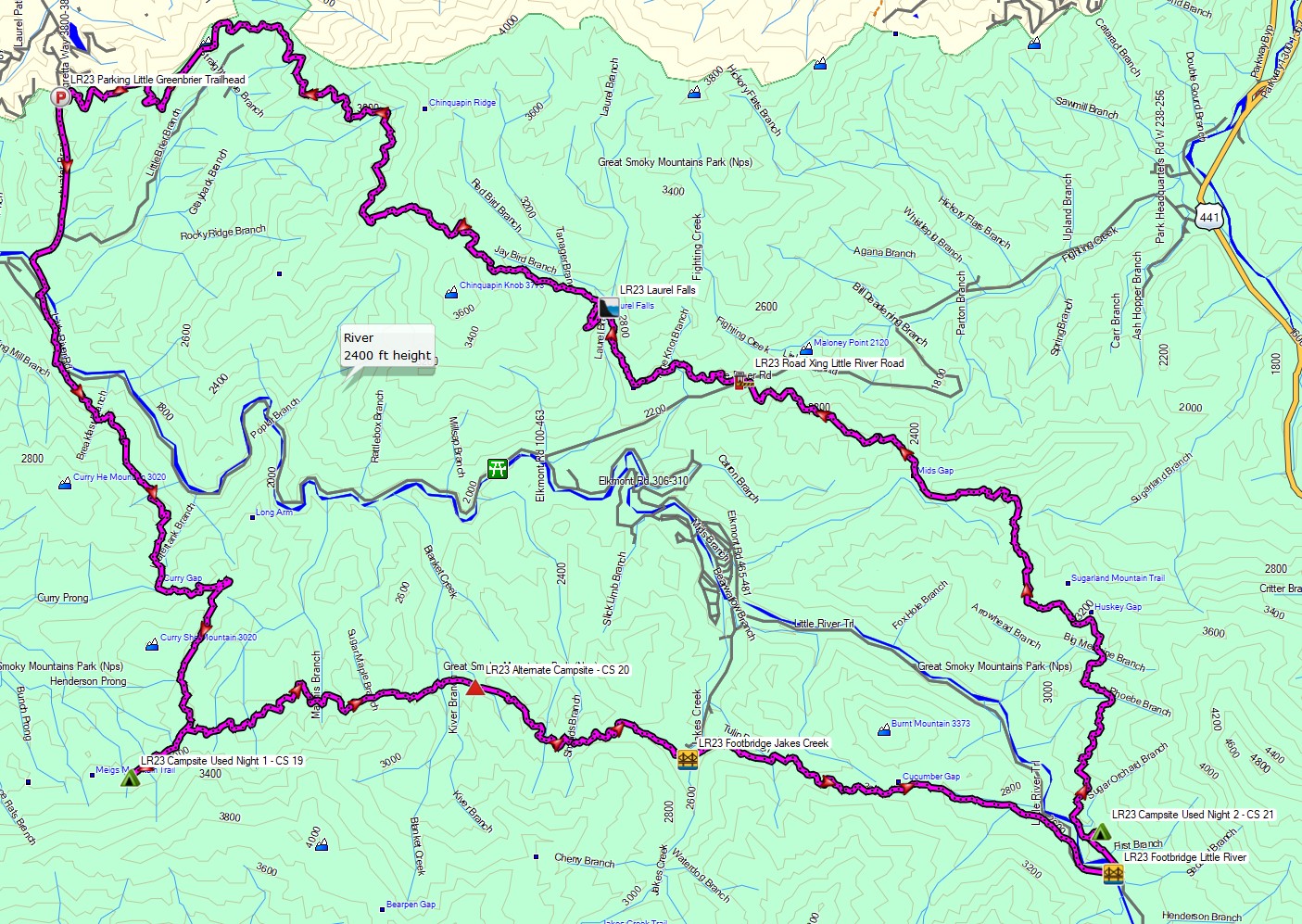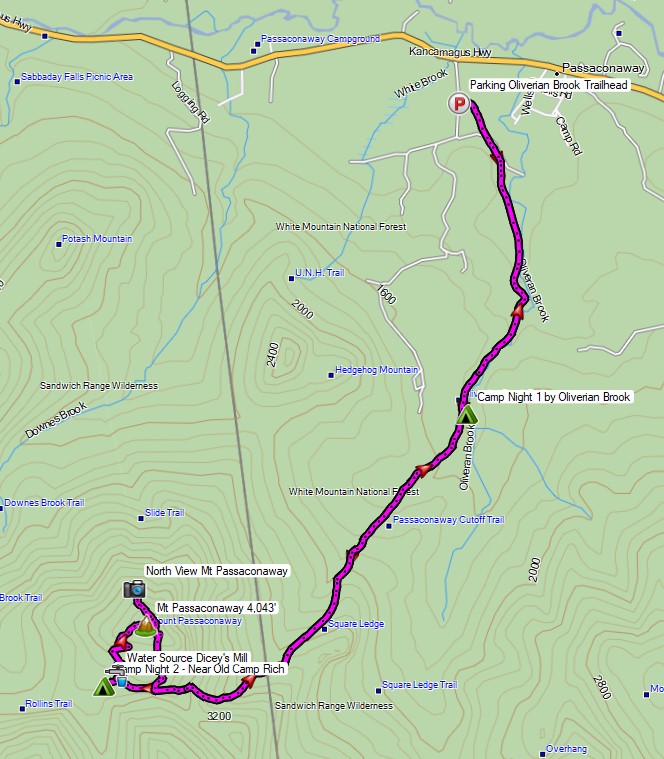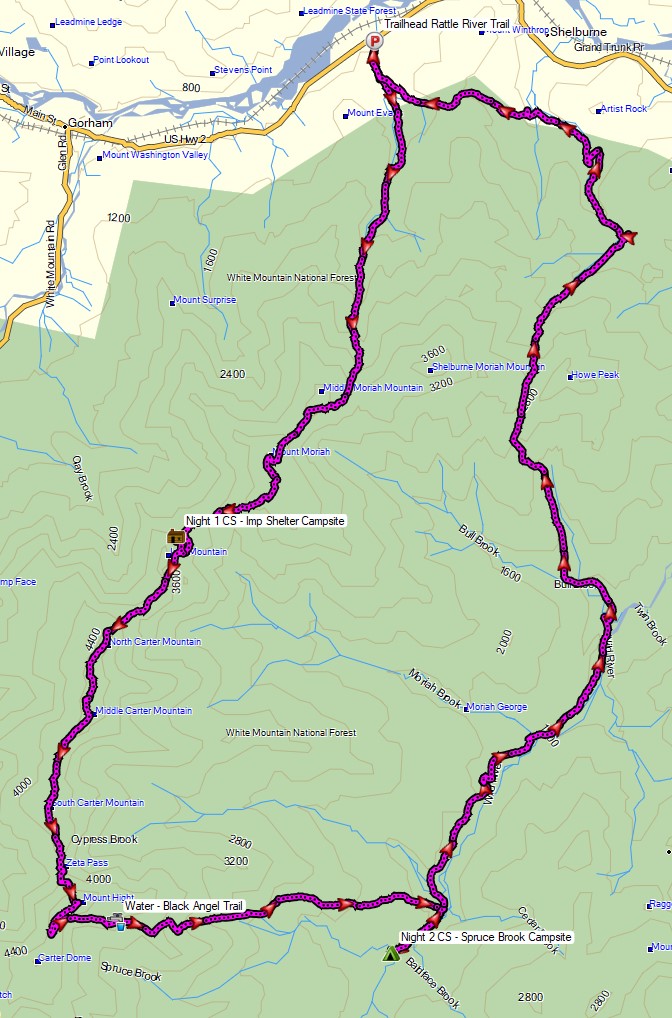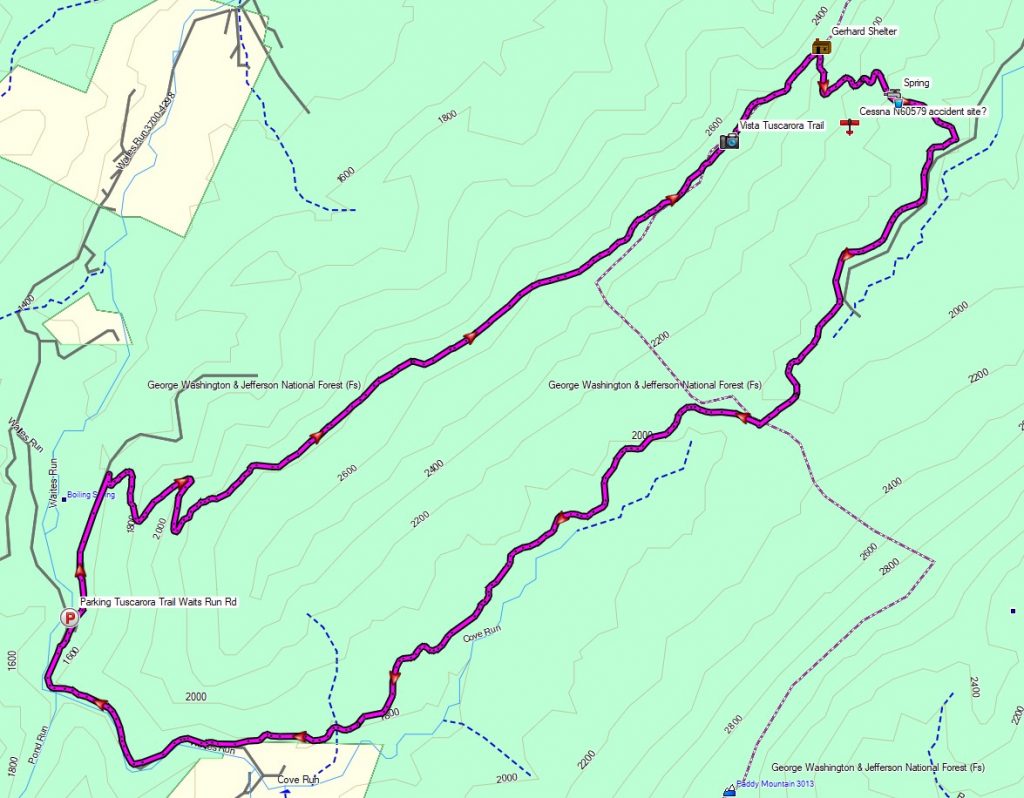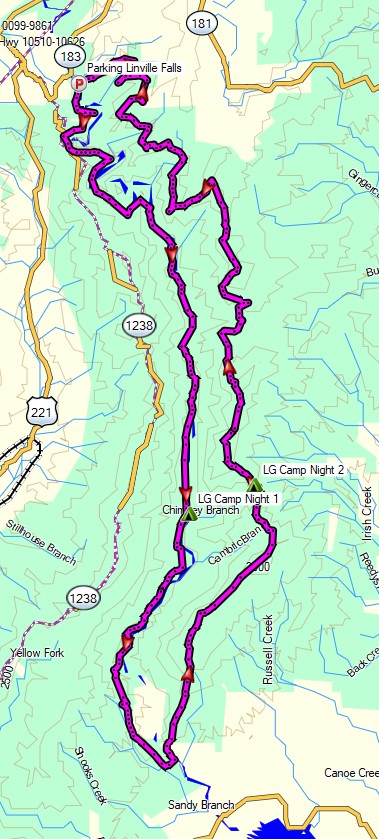4 Days of Solo Backpacking, Hiking & Camping in the Black Hills of South Dakota.
For this late summer backpacking adventure, I decided check out two places I had never been to before – the Mount Rushmore Memorial and the adjacent Black Elk Wilderness within the Black Hills National Forest.
I was surprised to discover that there’s actually a trailhead right at the base of Mount Rushmore, so it seemed like to perfect opportunity to create a unique backpacking experience.
Speaking of those looming presidential faces, I should make an important point – While the Mount Rushmore statue, parking lot and visitor center, etc. is a National Memorial (managed by the National Park Service), the surrounding area is National Forest, so dispersed camping is all good!
With that in mind, I mapped out a roughly 30 mile hiking loop using the available trails, packed my tent, sleeping pad and some backpacking food into my backpack, and got a ride from my wife to the trailhead.
Due to the close proximity to the National Monument, the trailhead parking lot is closed off to overnight parking. This probably makes this a lesser used starting point for backpackers, but it’s well worth it if you have someone nice enough to drop you off and pick you up after a few days of camping in the Black Elk Wilderness.
Full GPS track data, including campsites, water sources, etc, for this trip and many others can be downloaded on my Trip Data Page.

